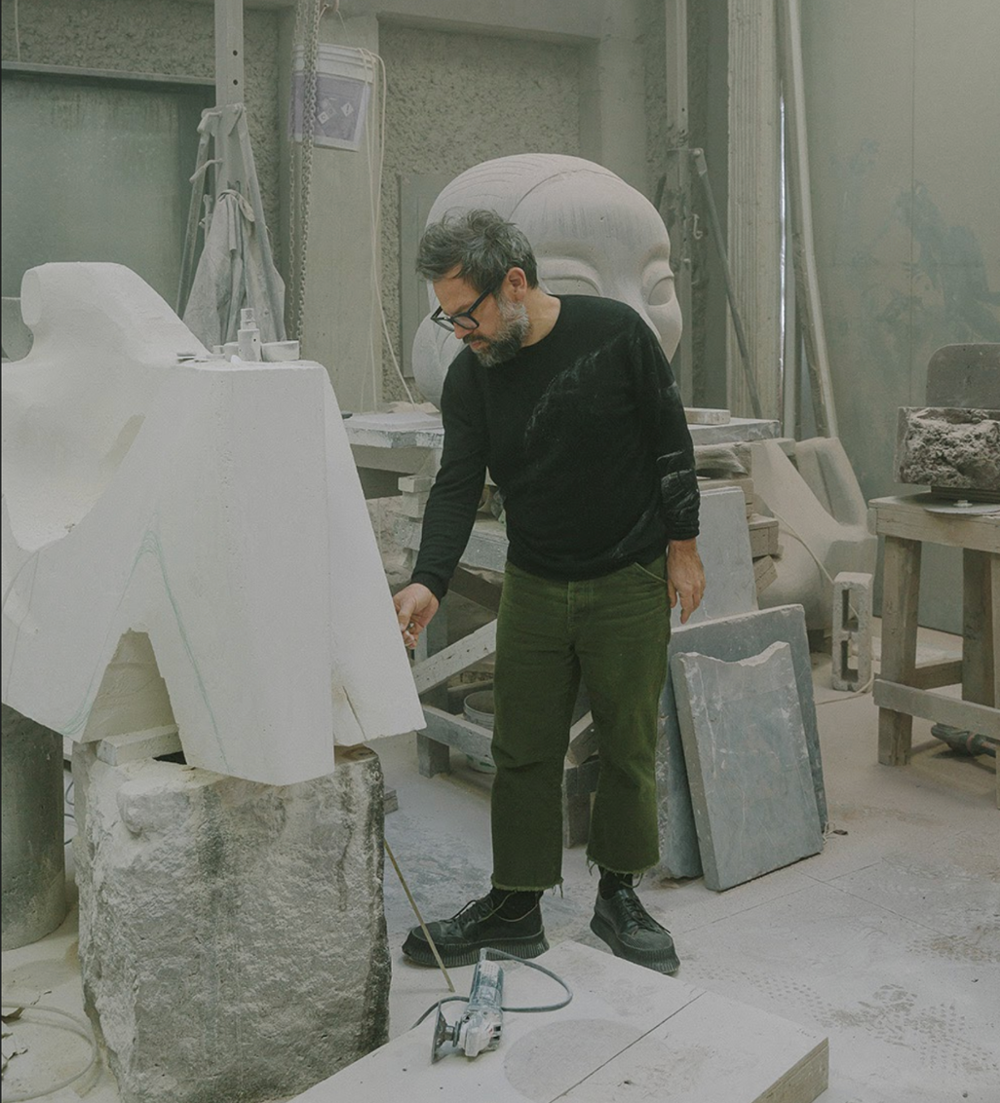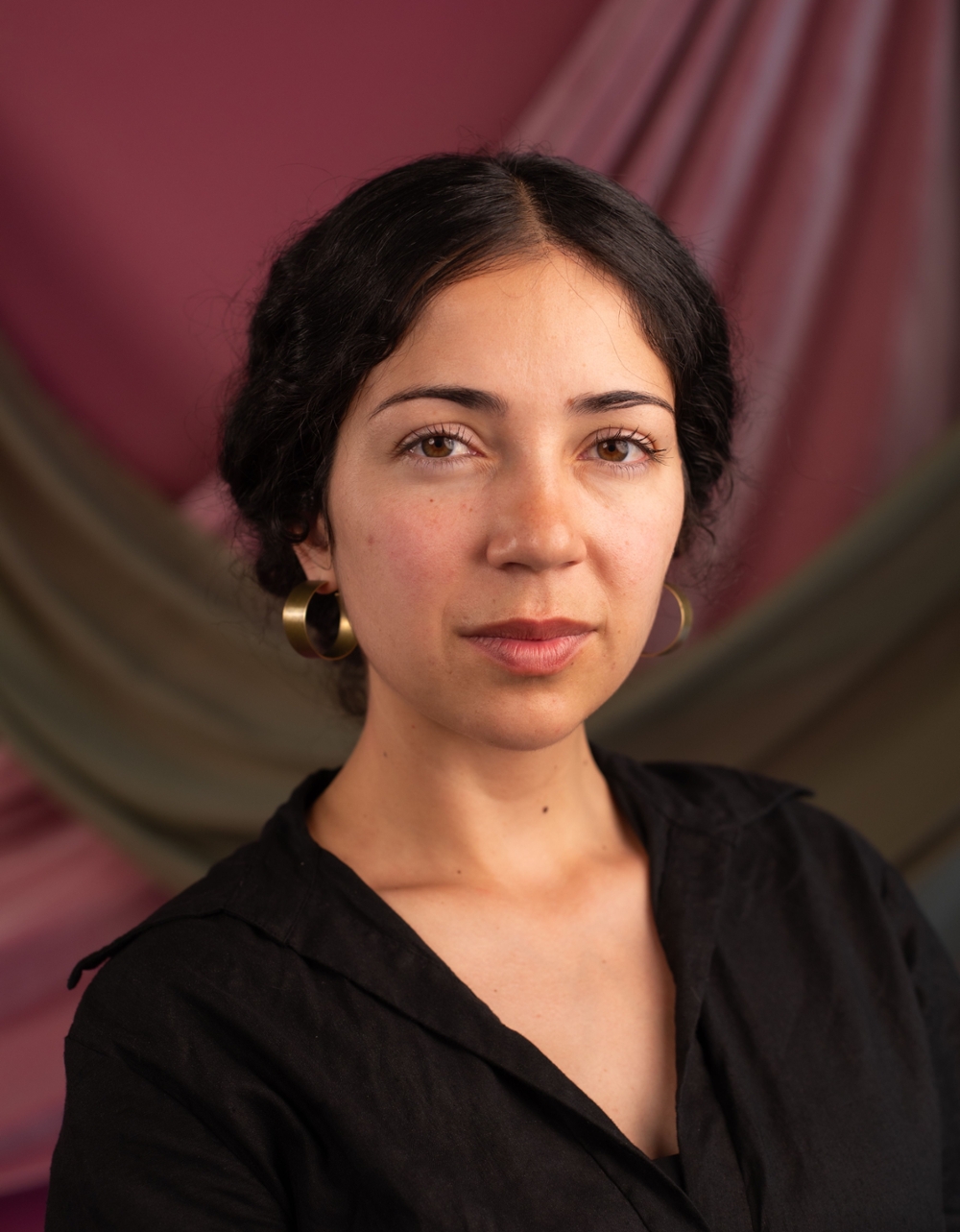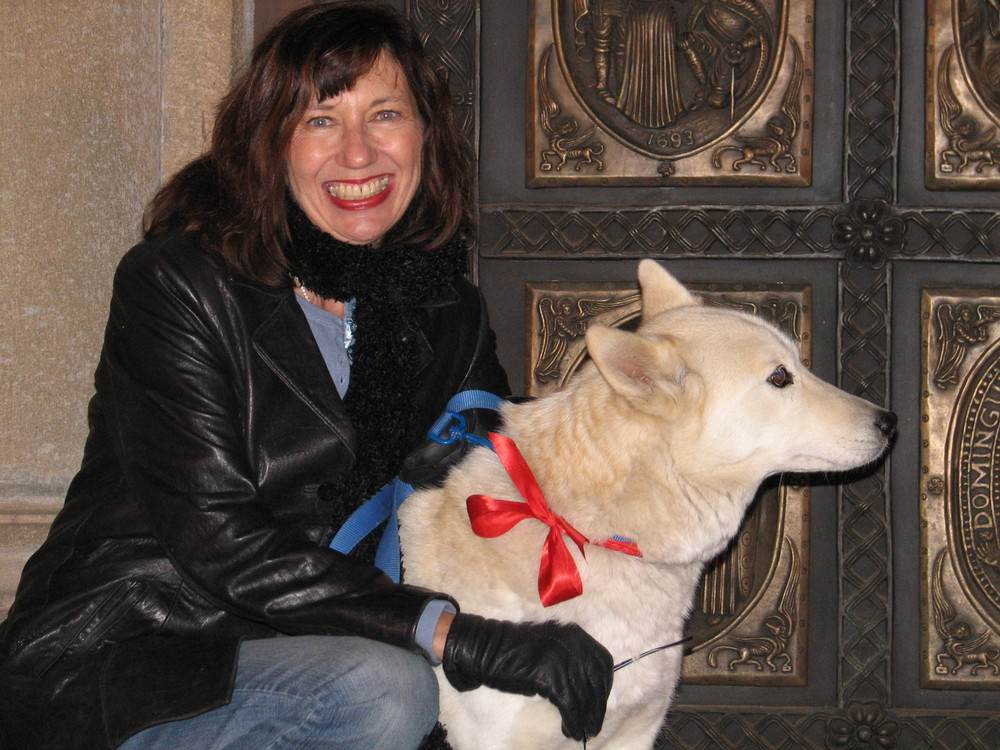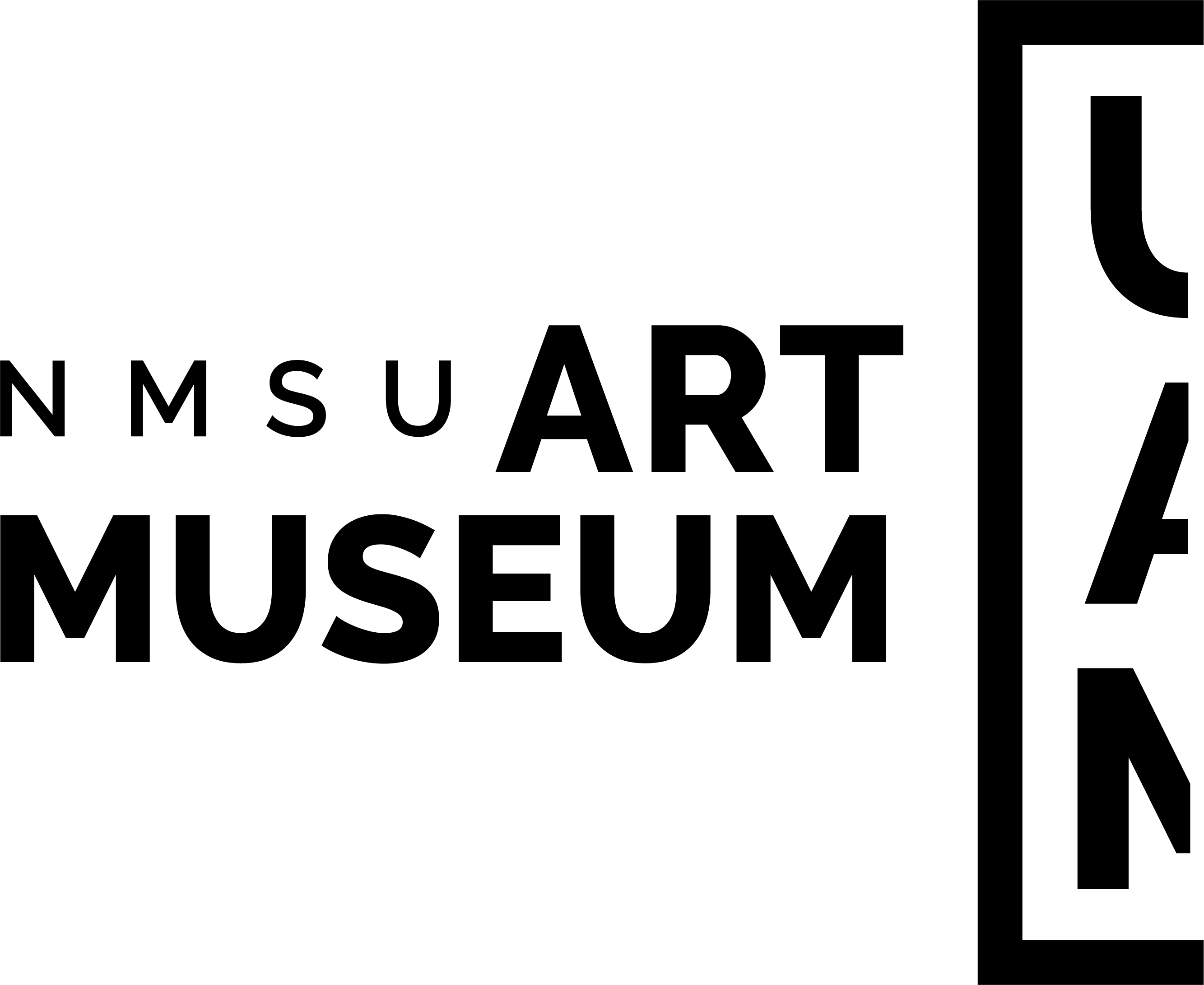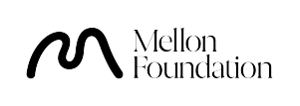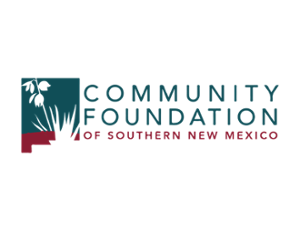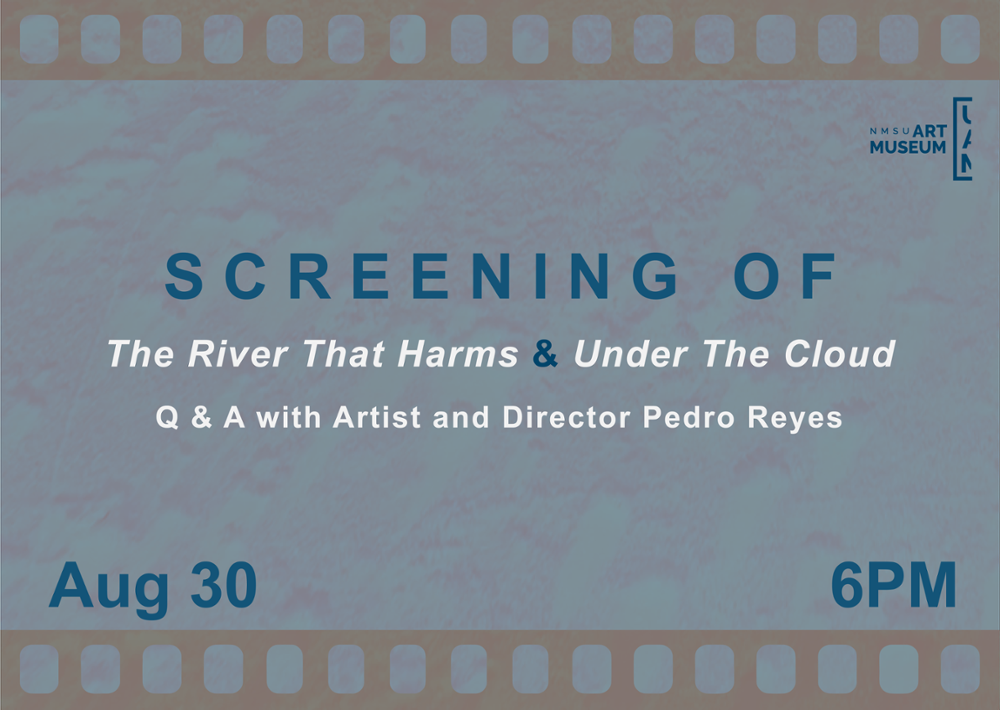
Screening of The River that Harms and Under the Cloud with a Virtual Q&A by Pedro Reyes
Wednesday, August 30th 2023, 6:00-8:00pm
Rio Grande Theatre in downtown Las Cruces
211 N Main St, Las Cruces, NM 88001
Public Zoom Link for Q&A starting at approximately 7:10 pm mst:https://nmsu.zoom.us/j/83723973552
Screened in conjunction with Cara Despain’s Specter and Branigan Cultural Center’s juried show Trinity: Legacies of Nuclear Testing, filmmaker Colleen Keane’s The River That Harms and artist Pedro Reyes’s Under the Clouds consider the duration and devastation of uranium mining and nuclear waste on Indigenous territory in the U.S. After the screening of these two films (Prior to), the UAM will host a virtual Q&A with Pedro Reyes and Joanna Keane Lopez. Joanna Keane Lopez, the daughter of Colleen Keane, is a multidisciplinary artist who seeks to investigate the history and ongoing reality of land contamination, specifically that of nuclear colonialism that has shaped the landscape of the Southwestern United States and beyond.
The River That Harms (1987, 45 minutes) written, produced, and directed by Colleen Keane, documents the largest radioactive waste spill in U.S. history—a national tragedy that occurred on Navajo Nation lands and received minimal attention. In 1979, the storage dam for the United Nuclear Corporation's Church Rock uranium mine failed, releasing 94 million gallons of water contaminated with uranium waste into the Rio Puerco in New Mexico. The toxic flood had devastating consequences to the main water supply for Navajo residents who live along the river, and a tributary of the major source of water for Los Angeles, California. Navajo ranchers, their children, and farm animals waded through the river unaware of the danger of radiation exposure. The River That Harms tells the story of the spill and how it impacted the land, health, and economy of the Navajo.
Under the Cloud (2023, 25 minutes) by artist Pedro Reyes investigates the ongoing history of nuclear tests, uranium mining, and nuclear waste disposal on Indigenous lands in North America. Commissioned by SITE Santa Fe for the exhibition Pedro Reyes: DIRECT ACTION (2023), the video expands on existing dialogues around harmful nuclear effects, elevating the voices of those who have witnessed and experienced the consequences of nuclear colonialism and those who continue to resist it. A special thanks to filmmakers Colleen Keane and Pedro Reyes, and SITE Santa Fe for allowing the UAM and Rio Grande Theatre to host these screenings.




